Robin Miller was a lauded West Australian pilot and Royal Flying Doctor Service flight nurse who brought modern medicine to north-western Australia while breaking down barriers for women in aviation.
Although the polio vaccine had first become available in 1955, by 1967 many West Australians were still vulnerable. Most in the cities had been immunised, but not in the remote areas, and certainly not the Aborigines.

Robin Miller
It was at this time that a recently graduated nurse who also had a commercial pilot's licence proposed a radical plan. She suggested to the health department that she go out into the remote areas and give them the immunisation.. She would drip the vaccine, the Sabin, onto a sugarcube, and the Aborigines gave her the nickname the sugar bird lady because they got the sugar cubes and she came in from the sky.
A
young nurse flying solo to the remotest parts of Western Australia's
Pilbara and
Kimberley regions in the 1960s was as extraordinary as it sounds. But Robin Miller was not a typical
young nurse. Ms Miller and Ms Millett were daughters of Mary Durack, author of Australian literary classic, Kings in Grass Castles.
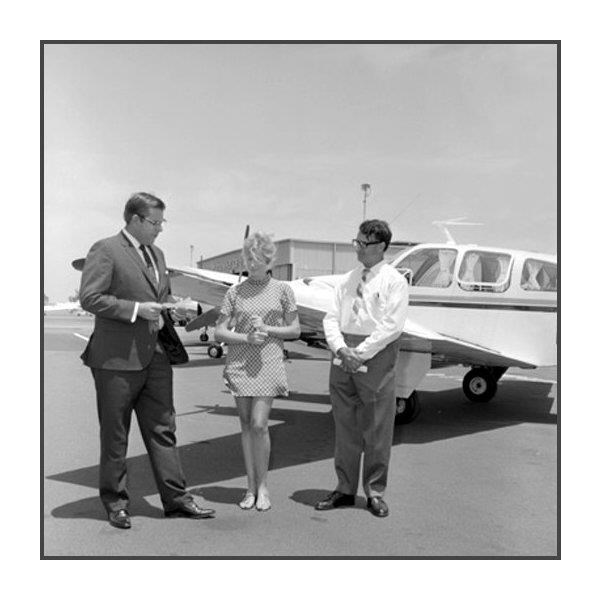
Robin Miller and two men near the aircraft, 1969
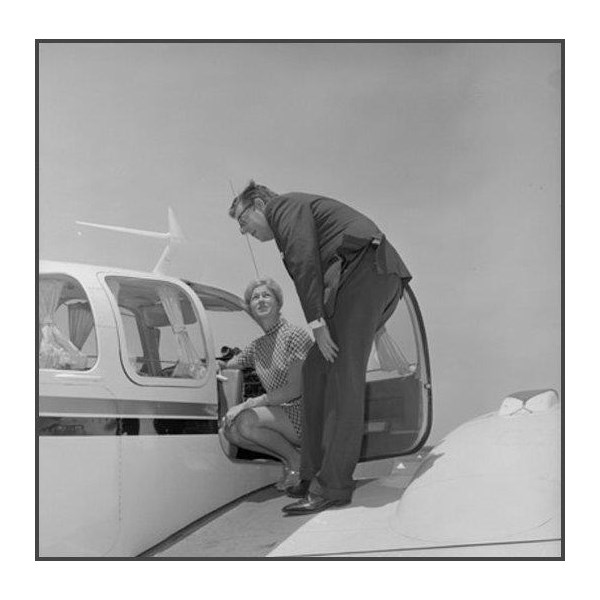
Robin Miller and man standing on wing of aircraft inspecting cockpit. 1969
Robin Miller graduated from nursing with a university medal and obtained her commercial pilot's licence before becoming widely known as a Royal Flying Doctor Service nurse delivering polio vaccines to north western Australia.
When the girls were born the family still held the
Kimberley sheep and cattle stations that had made them a part of West Australian history. They had a huge pastoral empire up there until 1950 of about seven million acres, and so there was already a very, very strong connection to the north and the Aborigines, that was in their family,
Mary Durack was married to Captain Horrie Miller, the founder of Macrobertson Miller Airlines, Western Australia's seminal domestic carrier, this pioneer of West Australian aviation passed on his love for the air to his daughter Robin. Robin thought it was absolutely wonderful, and so from very little she had the experience of flying with her dad.

Horrie Miller and daughter Robin Miller
But when Robin finished high school in
Perth, flying was not considered to be an appropriate career for a woman, she thought she'd better do something sensible like nursing, she had absolutely no hope of ever flying an aeroplane, but as
well as graduating from nursing with the state nurses' medical prize, with the help of her father, Robin had also acquired her private pilot licence. Her future husband Dr Harold Dicks, president of the RFDS, encouraged her to get her commercial pilot's licence. But even then in 1966 to be a female commercial pilot still came with inherent expectations about a woman's ability to fly.
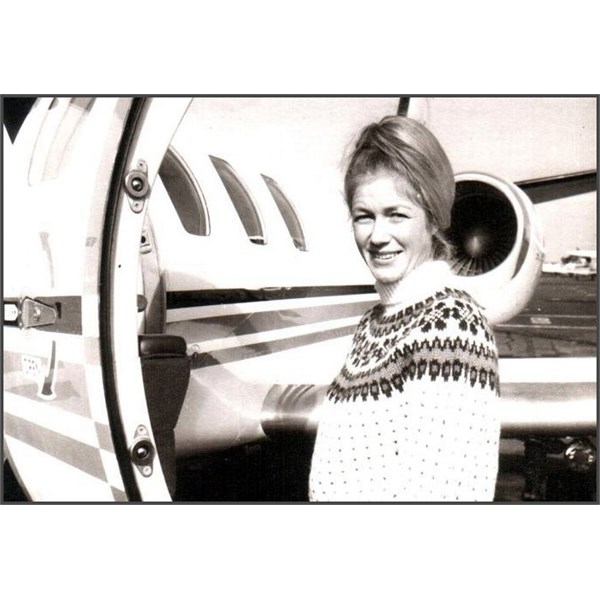
Robin Miller, The Sugar Bird Lady.
She did eventually apply for a commercial job with MMA, and even though her father was the founding director, she was refused that job, But her nursing abilities combined with the fact that her father could provide the plane, meant that Robin's aviation career took off with her proposal to distribute the polio vaccine in north-western Australia. She made them an offer they couldn't refuse. She administered 37,000 doses of the oral vaccine, mostly to the Aboriginal communities, and she covered 43,000 air
miles.
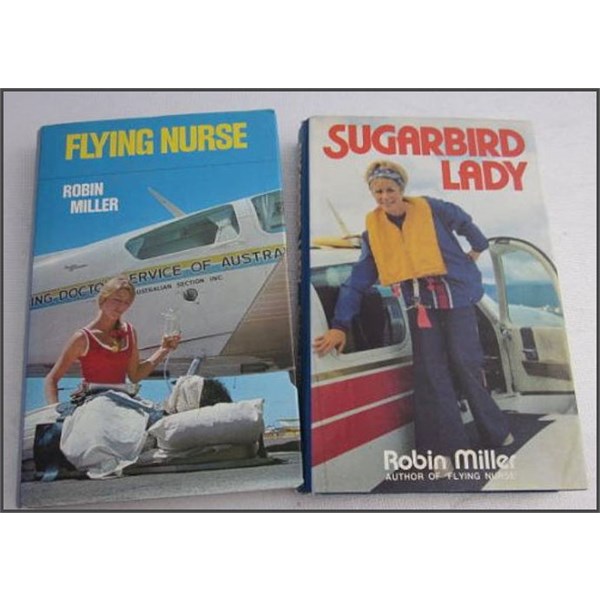
The Two Books by Robin Miller
The combination of a glamorous
young woman and a life of adventure brought Robin a lot of attention. She wanted to be definitely feminine in the flying world, even though she did a lot of heavy work, she pushed planes in and out, and did her own mechanical work and so on. But she was good-looking and very, very charming to meet. She became extremely
well-known throughout the north at this time, also for administering treatment for the eye diseases and trachoma,
Throughout the late 60s and early 70s, Robin Miller was constantly in the air, whether she was bringing new planes back to Australia, a solo flight from Paris to
Perth, competing in transcontinental women's air race the Powder Puff
Derby or working for the RFDS across the
Kimberley and
Pilbara.
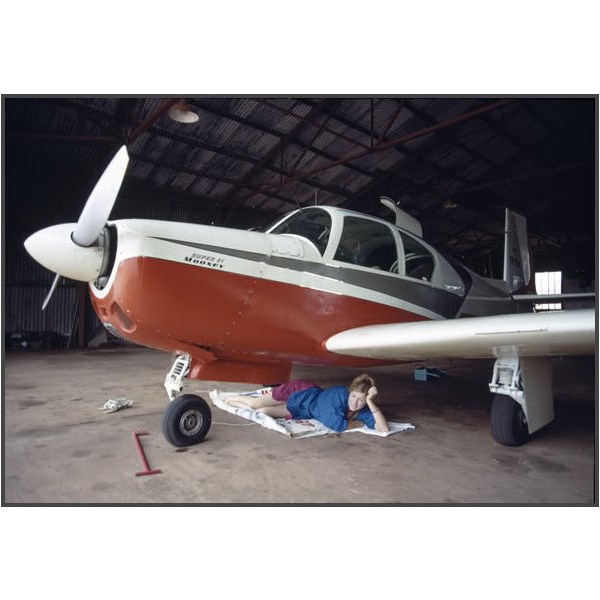
Robin Miller and her Mooney M.20E Super 21, registered VH-REM
Aircraft registered VH-REM (REM stood for Robin Elizabeth Miller) Mooney M.20E Super 21 (construction number: 424). Built in 1964, and registered in the USA as N6681R, before delivery to Australia
She kept detailed diaries which, along with her nurses costume are in the national library in
Canberra. Those diaries were the foundation for Robin's books Sugarbird Lady and Flying Nurse.
But while her notoriety as a pioneering female aviator was still growing, Robin discovered a malignant melanoma on her leg which was promptly surgically removed.
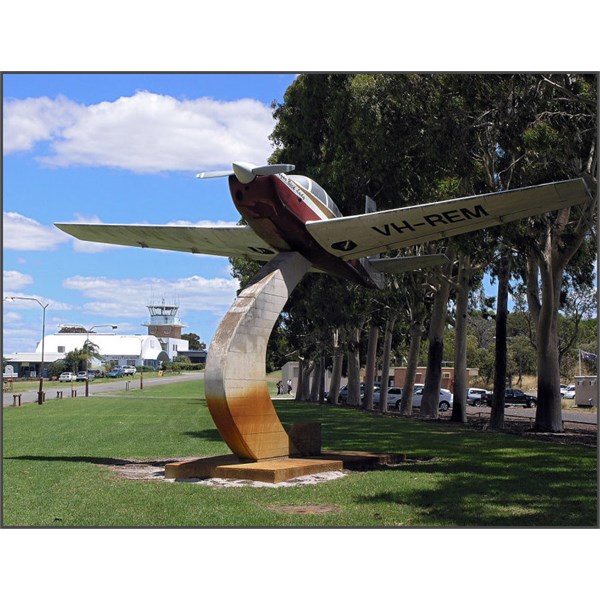
Memorial to The Sugar Bird Lady at Jandakot Airport, Perth, unveiled in 1978
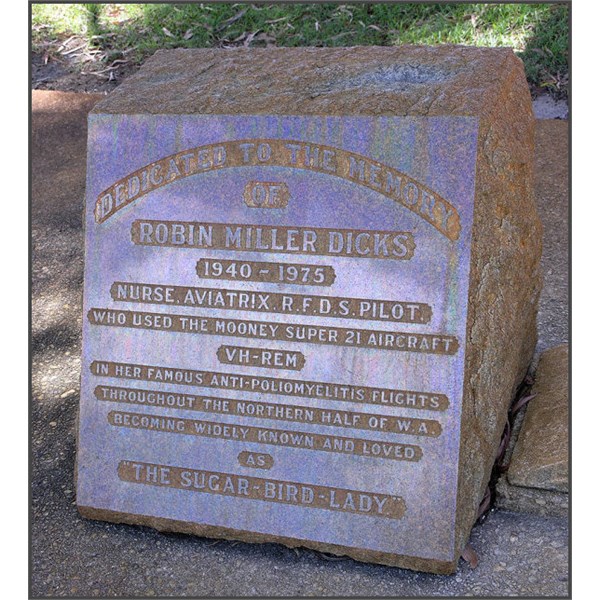
Memorial Plaque to The Sugar Bird Lady.
Robin said, 'If they've got it all then I'll be alright, but if they haven't, 'then I've got about two years. And that was precisely right. She knew she was flying on borrowed time. After achieving so much in providing health
services to remote northern Australia and changing attitudes towards women in aviation and Australian society, She combined a life of adventure and humanity with 1960s style and glamour, before her life was cut short.
Robin Miller was buried in the
Broome cemetery at the age of 35.
She gave her life to the service of others.
.